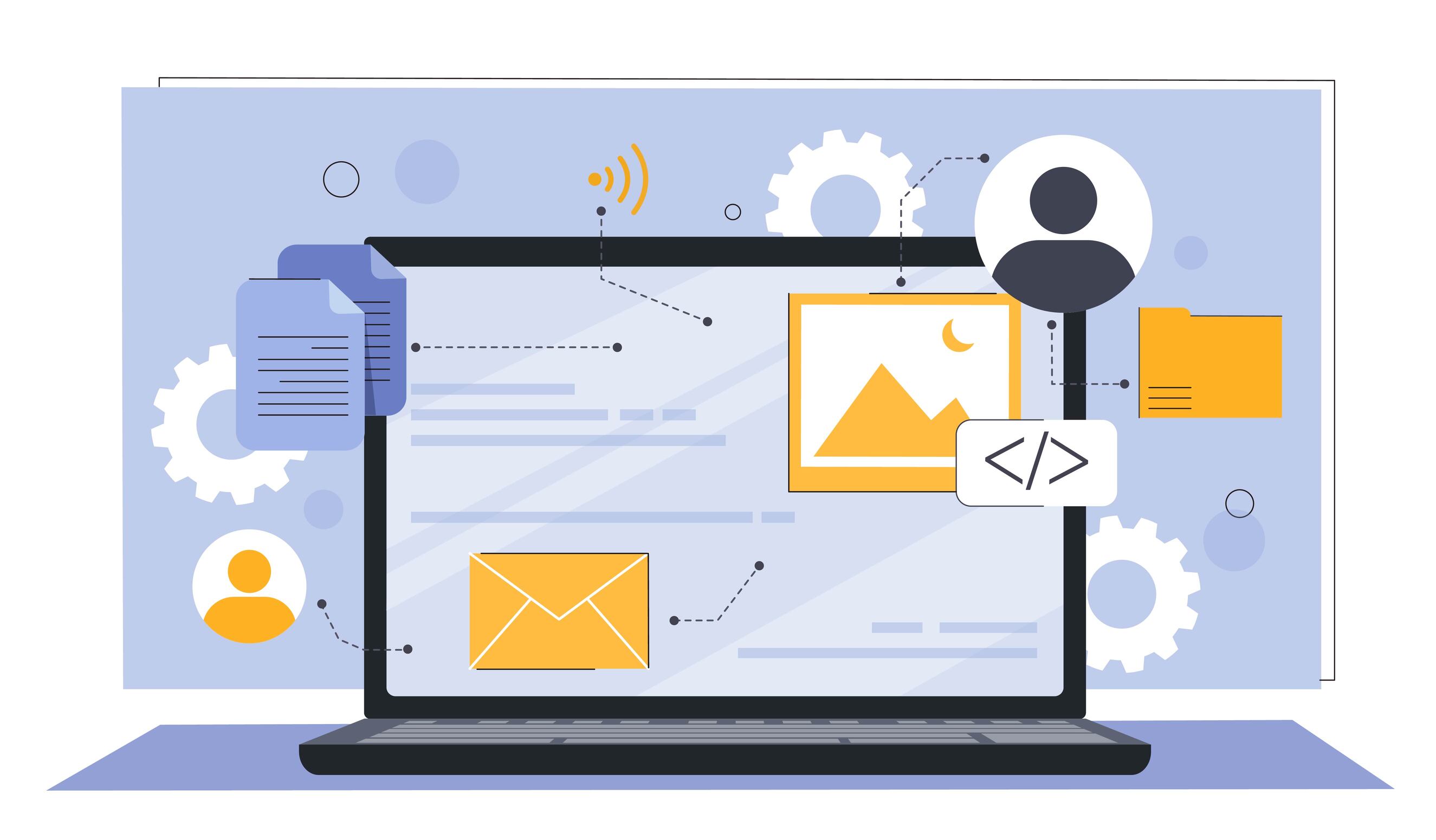The Intranet Revolution: Have We Reached the End of the Era of Traditional Organizational Networks?
Corporate portal

 3320
3320 
The Intranet Revolution: Have We Reached the End of the Era of Traditional Organizational Networks?
In the modern workplace, many organizations face a common challenge: how to promote communication, collaboration, and organizational culture in an ever-expanding digital environment. For years, the accepted solution was the implementation of an intranet – an internal network serving as a central platform for information sharing and connection among employees. But is the intranet still relevant in 2024? Leading industry experts claim it's time for a revolution.
The traditional intranet, with its outdated user interface and limited features, struggles to keep pace with today’s dynamic work environment. According to Jane Smith, the internal communications manager at the global tech company Acme Inc., "Our intranet has become a messy jumble of outdated content, broken links, and a frustrating user experience. It creates barriers to communication and hinders effective collaboration."
According to a recent survey conducted by Forrester Research, only 13% of employees use their company's intranet on a daily basis. The main reason for this is that the software is neither user-friendly nor intuitive to learn. Instead of encouraging engagement, it actually deters employees.
But there is hope on the horizon. Innovative organizations are adopting advanced platforms that focus on employee success, not just their engagement. "We need tools that allow our employees to thrive, not just be connected," says Tom Johnson, the HR Vice President at biotechnology company BioGenix. "Our new system provides a personalized experience, with access to relevant content and real-time collaboration options. It’s a game changer."
In today’s hybrid world, the communication platform needs to not only support remote work but also foster connections among peers and expose everyone to the organizational culture – whether they are in the office or at home. This requires a new approach that goes beyond the boundaries of the traditional intranet.
Companies like Google and Microsoft are leading the revolution with solutions such as Google Workspace and Microsoft Teams, which combine collaboration tools, integrated messaging, and video chat options, all within one intuitive interface. But is this enough to completely replace the intranet?
The answer isn't straightforward. While new platforms offer significant improvements, implementing a new system takes time and investment. Many organizations may prefer a gradual approach, integrating modern elements into their existing intranet.
What is clear is that the status quo is not an option. As Smith points out, "If we want to attract and retain the best talent, we must adapt our technology to how people work today. The outdated intranet simply doesn’t cut it anymore."
As the intranet continues to evolve, it seems the future direction is towards more dynamic platforms focusing on enhancing employee collaboration and digital experience. Organizations that adopt these innovative technologies early are expected to gain a significant advantage in the competitive talent market. The intranet may not be dead, but it is certainly time to move towards the future.






